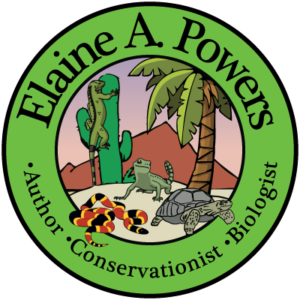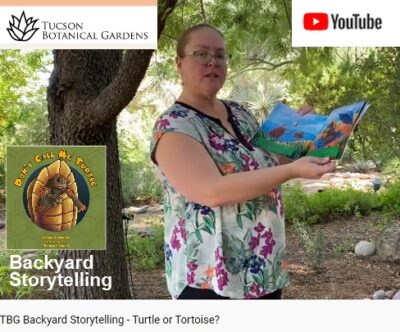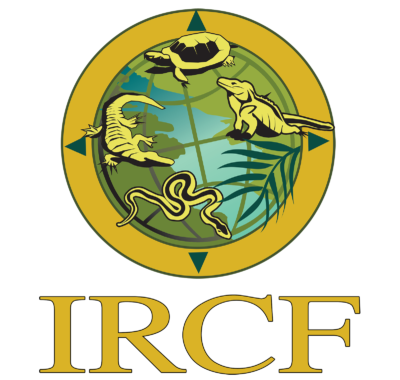The Art of Found Poetry
One of the joys of being president of the Tucson Poetry Society is the continuous learning journey about different types of poems from our knowledgeable members. While my background is not in poetry, I have always been inspired by the passion and knowledge of our TPS members, many of whom hold actual college degrees in poetry. My journey with poetry started as a mere dabbling, but it has now evolved into a more structured form, as I incorporate rhyming in my science-based illustrated books.
One fun yet challenging poetic form is the “Found Poem.” A Found Poem is derived from other written works: other poems, titles, letters, signs, etc. A “pure” found poem is made up exclusively of others’ texts, i.e. the words are presented precisely as they were found, with few additions or omissions.
During a recent visit to the University of Arizona Poetry Center, I was encouraged to try writing a poem from the titles of the books on their shelves. The Poetry Center has almost 60,000 books on contemporary poetry. I hadn’t visited there before, so this visit was a fantastic experience. Check them out at https://poetry.arizona.edu/mission-values. Not only do they have books related to poetry, but they have all readings recorded and available. Poets reading their own works is special. They have them indexed by individual poems!
My First Attempt at Found Poetry
I usually write rhyming stanzas with a scientific theme, so writing a found poem was not usual for me. It was out of my ‘comfort’ zone. However, I was willing to join in when I saw some of the titles. The first title was A Necklace of Bees. I was off and writing.
Collecting The Work of the Sun
The air is filled with Ecstatic Sound
A Necklace of Bees
Called to the Dandelions by Scented Rushes
Pollinating, becoming The Winged Seeds
With the gathered nectar, she’s a Sweet Machine
She’ll be Back in No time
To feed the results of the Mating Season
On her final flight, filled with Catastrophic Bliss,
Her wings stop, she dies
Falling to Earth.
The Work of the Sun by Charles Edward Eaton
Ecstatic Sound by John Hughes
A Necklace of Bees by Dannye Romine. Powell
Dandelions by Dave Etter
Scented Rushes by Nada Gordon
The Winged Seed by Li-Young Lee
Sweet Machine by Mark. Doty
Back in No Time by Brion Gysin Jason Weiss
Mating Season by Kate. Gale
Catastrophic Bliss by Myronn. Hardy
Falling to Earth by Tom Hansen
Yes, this is a rough first draft, but I like its scientific tone. I bet I could have done much better in more than a few minutes. I wrote while I waited my turn to visit the special collection with the interesting broadsides.
You can write a found poem with any written sources, it doesn’t have to be titles. Try writing using only the copied lines. I had to insert extra words to tie my lines together.
At first, I was worried that found poems might be too close to plagiarism, but as long as the poet acknowledges the author and source of the line used and doesn’t claim it as their own, you’re good.
There were other interesting titles that I’d like to work into a found poem: The Zebra Stood in the Night (Kerry Hardie), Dear Ghosts (Tess. Gallagher ), Walking on Bones (Richard Gwyn), End of the Alphabet (Claudia Rankine) and The Saddest Thing is That I Have Had to Use Words (Madeline Gins. Lucy Ives). The mystery writer in me can see many possibilities for using these titles. They are great writing prompts.
I am delighted to have found found poems. I encourage all of you to explore this unique form of poetry. You can find them, too!
As you explore the world of found poetry, don’t forget to check out my rhyming science-based illustrated books! Dive into the pages and discover how poetry can inspire curiosity in young minds.
To learn about our latest science-based children’s books and workbooks, to read our latest blog posts about reptiles, birds, cats, and gardening, in a variety of locations, and about how the books come to be, what inspires an author to write, and many more interesting aspects of the publishing business, fill in the box below and we will add you to our email list.
Thank you!



